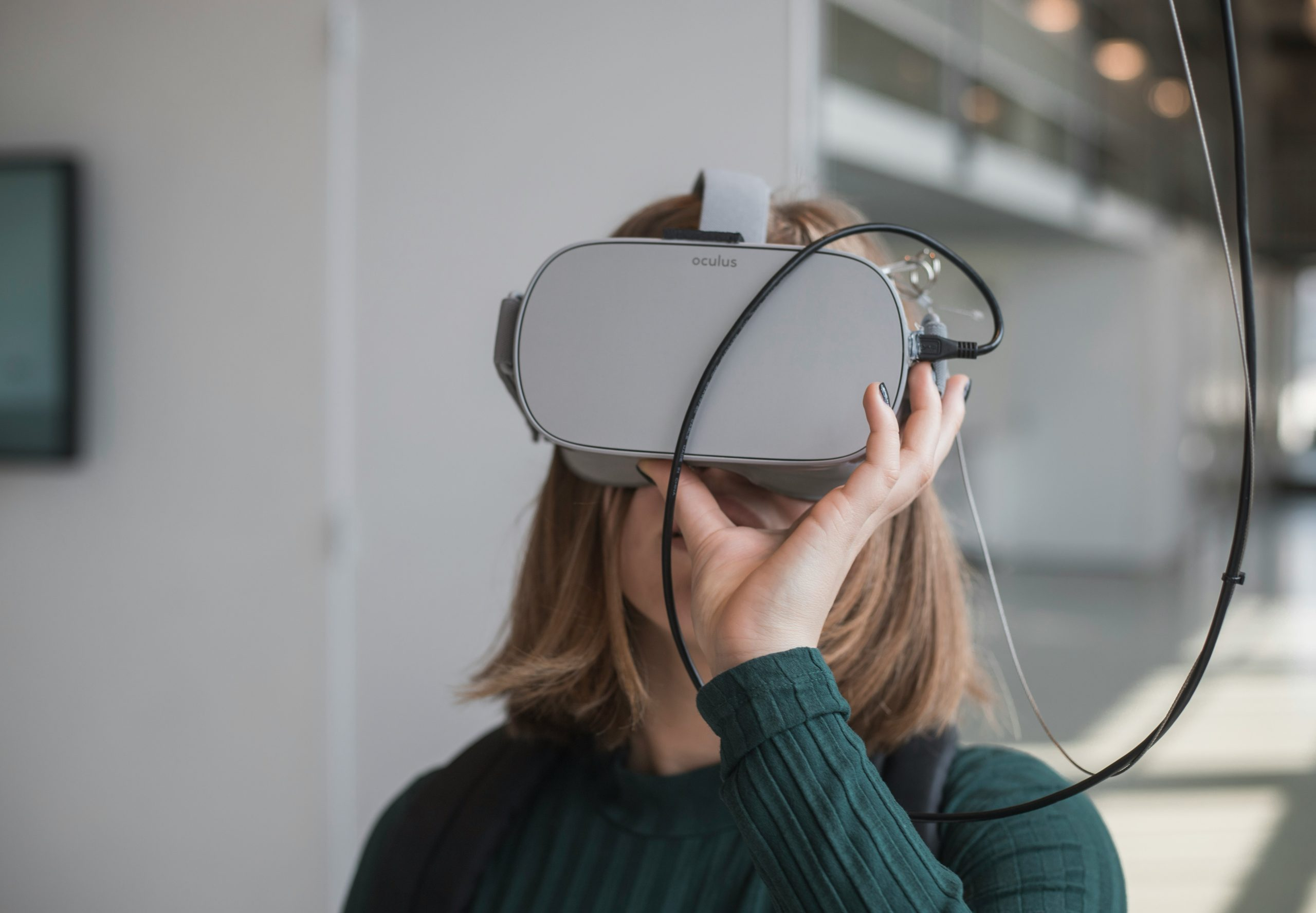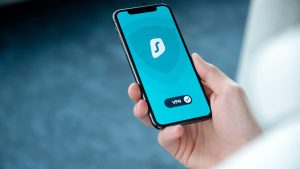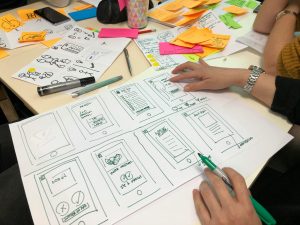Indigenous AI Guides: Oral Histories Translated via Augmented Reality
In today’s constantly evolving technological landscape, there is much buzz around Artificial Intelligence (AI) and how it has the potential to revolutionize the way we live, work, and interact with each other. However, amidst the excitement of AI’s capabilities and possibilities, it is crucial to remember the importance of preserving and sharing the rich cultural heritage and traditions of Indigenous communities. With the advent of augmented reality (AR) technology, an innovative solution has emerged that bridges the gap between the digital and physical worlds, allowing for the translation of oral histories through Indigenous AI guides.
Preserving and Sharing Indigenous Cultures
For centuries, Indigenous communities around the world have passed down their histories, customs, and beliefs through oral storytelling. These oral traditions are an essential part of these communities’ cultural identities and are a source of knowledge and guidance for future generations. However, as modernization reaches even the most remote corners of the world, these traditions are at risk of being lost or forgotten.
This is where AR technology comes in. Augmented reality refers to the integration of digital information with the user’s real-world environment, creating a blended experience. With the use of AR technology, Indigenous AI guides offer a unique way to preserve and share the oral histories of Indigenous communities while also educating and engaging people in a new and interactive way.
The Power of Indigenous AI Guides
Preserving Oral Histories
One of the significant advantages of Indigenous AI guides is their ability to capture and preserve oral histories in their most authentic form. By using AR, these guides can transform traditional stories into immersive and interactive experiences, complete with visuals, sounds, and animations, while still honoring the storytelling techniques and cultural nuances of the Indigenous community.
This not only ensures the preservation of these stories but also allows for a more engaging and memorable experience for those who wish to learn about them. It also provides a platform for these Indigenous communities to pass down their histories to future generations and preserve their cultural heritage in the face of modernization.
Breaking Language Barriers
Another significant benefit of Indigenous AI guides is their ability to translate oral histories into different languages. This is especially crucial for communities whose languages are at risk of extinction. With AR technology, these stories can be translated and shared with a wider audience, increasing awareness and appreciation for Indigenous cultures.
Moreover, this translation process can be done accurately and in a culturally sensitive manner, preserving the integrity of the stories and their significance to the Indigenous community. It also provides an opportunity for non-Indigenous individuals to learn about and connect with these cultures, further promoting cross-cultural understanding and appreciation.
Examples of Indigenous AI Guides in Action
There are already several examples of Indigenous AI guides being used to share and preserve oral histories around the world. For instance, in Australia, the National Trust of Australia developed an AR app called “An Indigenous Guide to Sydney Harbour” that uses AR technology to bring to life the stories of the region’s Indigenous people. Similarly, in Canada, the Cree Cultural Institute created the “Inviting the Ininewu Way” app that uses AI and AR to share the stories of the Ininewu people with non-Indigenous individuals.
Challenges and Solutions
Technological and Cultural Barriers
While Indigenous AI guides hold immense potential for preserving and sharing oral histories, their integration is not without its challenges. One significant issue is the technology gap between Indigenous communities and the rest of the world. AR technology requires access to smartphones or other devices, which may not be readily available in these communities.
Moreover, there may also be concerns regarding cultural appropriation and the proper representation of these stories and traditions through AR technology. Therefore, it is crucial to involve and collaborate with Indigenous communities throughout the development and implementation process of Indigenous AI guides to ensure their voices, perspectives, and privacy are respected and preserved.
Overcoming Challenges
To address the technology gap, initiatives such as providing access to devices or partnering with local organizations can help make these guides accessible to Indigenous communities. Additionally, involving Indigenous community members in the creation and development of these guides can help mitigate concerns of cultural appropriation and ensure the stories are shared accurately and respectfully.
A New Era for Indigenous Cultures
With the combination of Indigenous wisdom and AI technology, Indigenous AI guides offer a unique opportunity to preserve and share the oral histories of Indigenous communities with a wider audience. These guides have the potential to not only educate and engage individuals but also foster cross-cultural understanding and appreciation for Indigenous cultures. As technology continues to advance, it is essential to use it responsibly and respectfully, and Indigenous AI guides are a shining example of how it can be used to preserve and celebrate cultural diversity.
As the famous proverb says, “tell me the facts and I’ll learn, tell me the truth and I’ll believe, but tell me a story, and it will live in my heart forever.” With Indigenous AI guides, these stories can now live on and continue to be cherished by generations to come.











